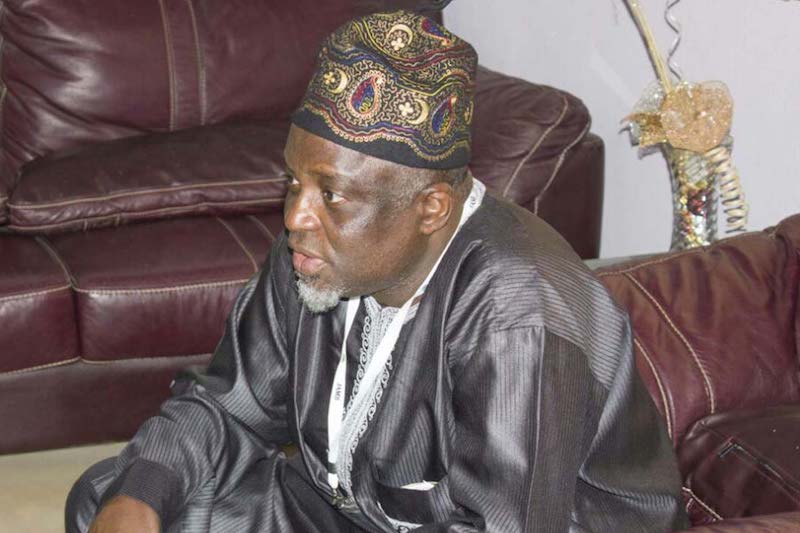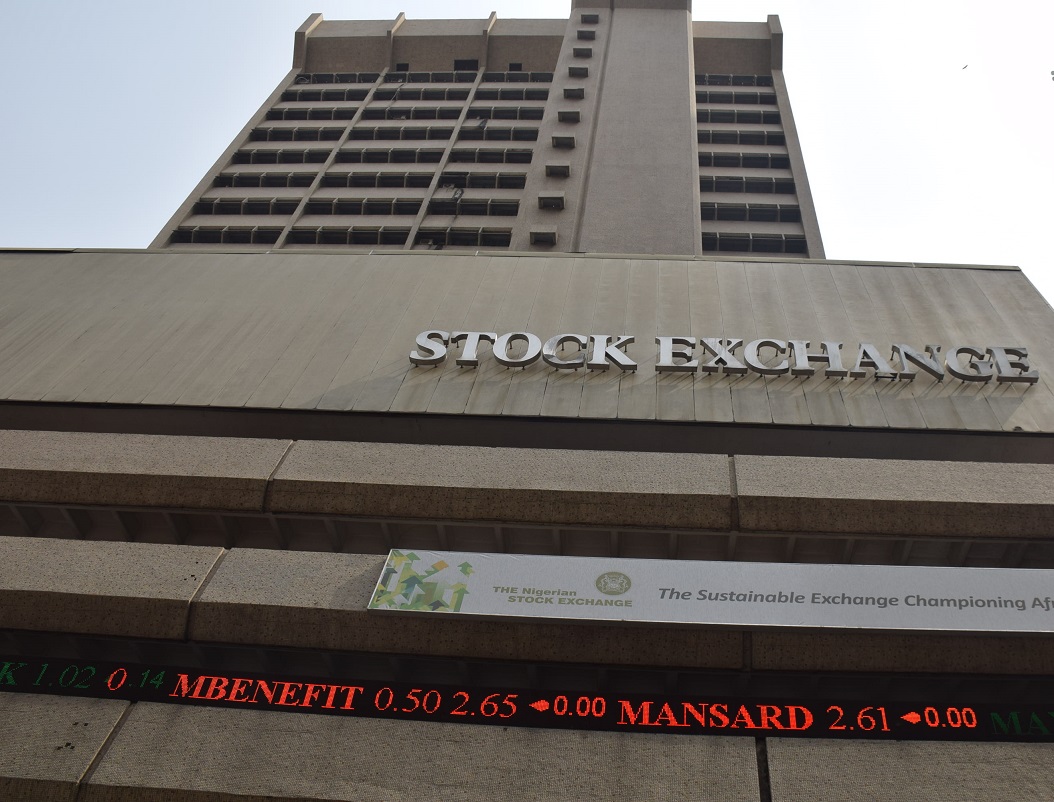Artificial intelligence (AI) is upending industries with the subtlety of a sledgehammer. From drafting prose to designing visuals, its tendrils are everywhere – a 2024 study cited by xAI estimates that 20% of online content last year was AI-generated, a figure set to climb in 2025 and beyond.
Many fear that public relations (PR), a craft rooted in human connection, risks becoming a relic, akin to the typists and shorthand writers of yesteryear. Yet, far from sounding PR’s death knell, AI may herald its renaissance, positioning it above its flashier siblings – advertising and marketing – in the hierarchy of influence.
The rise of Large Language Models (LLMs), the AI engines powering tools like Grok, ChatGpt, Gemini, Deepseek and others, has shifted how people seek information. In 2025, most internet users turn to AI for answers, advice, even directions, often bypassing traditional search results.
Google’s AI Overview, a generative summary atop search pages, now shapes what users see first. This seismic shift alarms small businesses, as Professor Ndubuisi Ekekwe of Tekedia Institute observes. His website, tekedia.com , has seen search traffic for frameworks like the One Oasis Strategy wane as AI summaries render site visits “marginal.” Ekekwe’s solution: building a brand so strong that users type the URL directly – underscores a broader truth: in an AI-driven world, influence hinges on authority, not just visibility.
Advertisement
Herein lies PR’s triumph. LLMs don’t conjure answers from thin air; they rely on a formula known as EEAT—Experience, Expertise, Authoritativeness, and Trustworthiness.
When an LLM generates a response, it prioritises credible sources: official websites, annual reports, academic papers, and, crucially, reputable media outlets like TheCable, Reuters or The Guardian. Social media posts, influencer campaigns, and paid ads – mainstays of advertising and marketing – rarely make the cut, especially in an era plagued by fake news and deepfakes. A 2024 UNEP report on Safaricom’s M-Pesa Green Initiative, for instance, carries more weight in an AI overview than a viral TikTok ad, no matter how many views it garners.
This dynamic hands PR professionals a golden opportunity. Their craft has always been about building trust through earned media – pitching stories to journalists, securing coverage in respected publications, and crafting narratives that resonate.
Advertisement
Consider a PR manager promoting a company’s sustainability efforts. A well-researched pitch to The Financial Times, resulting in a feature article, not only boosts the firm’s profile but also becomes a primary source for LLMs. When amplified on the company’s own platforms – its website, blog, or annual report – this content gains further authority, ensuring it dominates AI-driven searches. Advertising, with its focus on paid placements, cannot replicate this authenticity. A banner ad might catch the eye, but it won’t shape an AI overview.
The evidence is clear in how AI operates. Grok, for example, cross-references credible sources like company reports and news outlets, verifying data against multiple touchpoints to ensure accuracy. When researching Airtel’s Touching Lives initiative, Grok would prioritise Airtel’s 2024 annual report and articles in prominent news platforms over a sponsored post on X. This bias toward earned media means PR managers, who excel at securing such coverage, hold the keys to digital relevance. In 2025, as AI’s influence grows, the ability to craft original, fact-checked narratives – whether through a white paper or a Guardian op-ed – becomes a superpower.
Marketing and advertising, meanwhile, face an uphill battle. Their reliance on paid channels and influencer partnerships, while effective for short-term buzz, lacks the depth LLMs crave. Industry trends show that marketers often struggle to rank on search engine results pages (SERPs) with paid strategies alone, as AI prioritises organic, authoritative content – a preference rooted in its design to deliver trustworthy answers. PR’s focus on storytelling through trusted intermediaries – journalists, editors, and publishers – positions it to thrive in this new landscape.
This isn’t to say PR can rest on its laurels. The profession must adapt, doubling down on owned platforms to complement earned media. A company’s website or blog, rich with original content, becomes a beacon for LLMs, as Ekekwe’s strategy at Tekedia illustrates. PR managers must also master the art of amplification – republishing media coverage on their own channels to reinforce authority. Such amplification ensures LLMs register the narrative as authoritative, boosting its visibility in AI overviews.
Advertisement
The stakes are high. In an age where AI shapes perceptions – whether of a trend, product, or idea – PR’s ability to craft trusted narratives is more vital than ever. Advertising may dazzle, but PR endures, weaving stories that resonate with humans and algorithms alike. As AI continues its ascent, PR will not just survive; it will lead, proving that in the battle for influence, authenticity is the ultimate currency.
Bayagbon is a communications and digital innovations specialist
Views expressed by contributors are strictly personal and not of TheCable.











